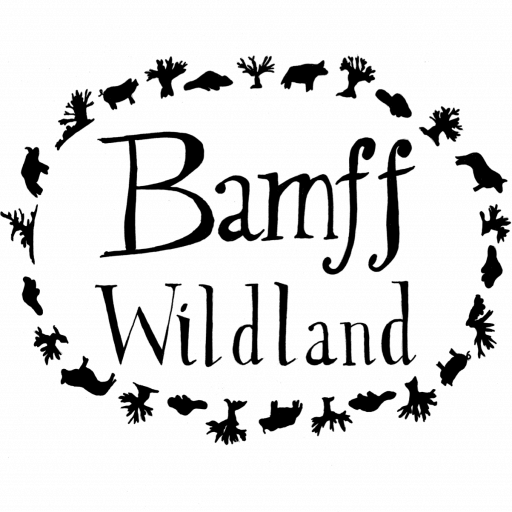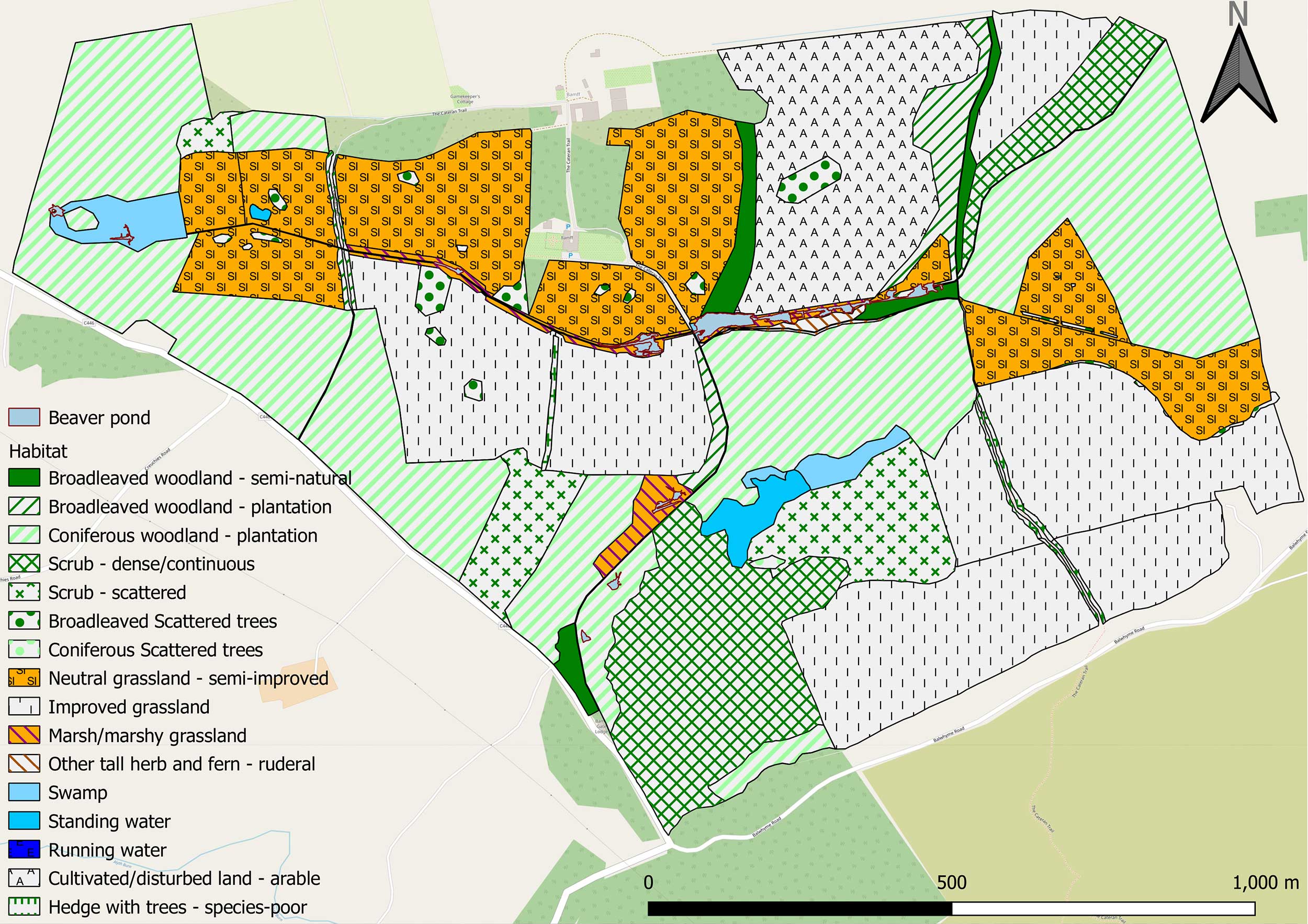Habitat
Bamff is situated along the highland fault line, with the cairngorms to the north and the low lands to the south.

The southern area is mostly undulating or flat with fields used, until the end of 2020, for sheep pasture, grazing cattle and growing fodder crops, and woodland of various kinds; mostly plantations, some exotic conifers, some native hardwoods.
To the north there are two small hills: Hilton and Balduff, currently dominated by heather.
The wetland transformations, largely due to the arrival of the beavers in 2002, contributes hugely to the already varied landscape, but Bamff’s ever evolving rewilding projects mean that habitats transform from year to year.
Now that sheep farming has been removed from the wildland area, the grassland has burst into life and is rapidly transforming – whilst the upland heath areas are slowly morphing into mixed woodlands, due to trees planted from late 2018 onwards.

Intermediate scrubland areas are dominated by thistles or by vast stretches of broom and gorse – a fascinating habitat that is a suitably dense hiding place for shy mammals such as the Scottish Wildcat – which have been spotted at Bamff in recent years.
Please choose from the menu below to learn more about the different habitats at Bamff.


